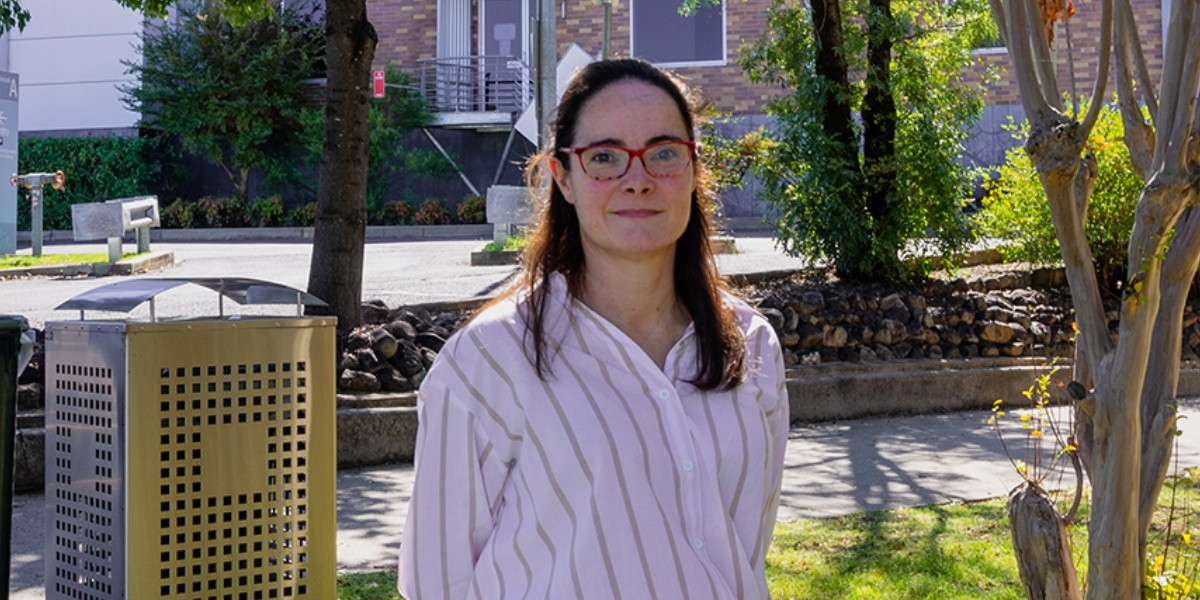“Our hospitals now are in a state of crisis.”
So said Sarah Jones, emergency doctor at the busiest non-metropolitan emergency department in the state, Tamworth.
Dr Jones is also de facto leader of the local hospital doctors’ strike that’s gripping the state this week, and specifically calling out the poorer access to healthcare outside the metropolitan areas.
“It is an Australian belief that Australians are entitled to fair, equitable, free healthcare, and in the bush,” Jones said.
“Everyone in the bush knows that you won’t get to see any kind of specialist in less than 12 months unless you’re privately insured and you can afford to take yourself to a metropolitan centre – that is appalling.”
Doctors employed by NSW Health are seeking a 30 per cent pay rise over a “reasonable period of time” to bring NSW in line with other states like Queensland and Victoria, which would attract more staff and prevent more staff from moving interstate and decrease the workload that’s leading to burnout, frustration, and poor patient care in NSW hospitals.
Speaking to New England Times, Jones said her hospital, along with others in the state, are critically under-funded and under-staffed by the NSW State Government, and putting patient care at risk, which is why doctors have chosen to strike for the first time in 27 years.
The strike action has been designed to not affect patient care, with Jones reassuring residents that no one presenting to the emergency department will not be turned away and will still receive care.
The strike will instead focus on administrative work that doesn’t impact patient care.
“Some (staff) are not coming to work, but most of them are, and they’re going to be doing clinically indicated work rather than administrative urgent work,” Jones said.
“There’s been, historically, a lot of work that’s fallen to the junior doctors, either because in Tamworth we don’t have enough staff to do the other roles, or because the other groups have stronger unions than us.”
Jones said that there’s a “huge amount of administrative burden” that falls on junior doctors, who make as little as $38 an hour in NSW, due to a lack of administrative staff provided to Tamworth hospital.
“There may be delays, but no one will be turned away,” Jones said.
“There is no intent for any patient to be put in a clinically unsafe position.”
Regional doctors are among the more than 3500 striking state-wide, with some claiming conditions in the bush are even tougher than in the city.
Western NSW kidney specialist Zainab Wajih has joined the strike and said conditions are even worse in the regions than they are in metropolitan areas, with patients paying the price.
A lack of specialists and other supports has forced doctors to back their own skills and manage complex cases themselves, Dr Wajih said.
“I could be earning the same amount of money in Sydney with similar conditions in Sydney, but I choose to stay here because we need more specialists in this area,” she said.
“We need to have a budget that allows for more specialists in this area and incentives for people to work in rural and regional towns, whether that’s better work hours, whether that’s more support from the admin staff or management, or whether that’s more pay.”
Western NSW psychiatry registrar Nathan Blake said a “vicious cycle of burnout” was driving worse care to patients.
Acknowledging his current conditions were reasonable, Dr Blake said he had worked 16-hour shifts in a previous role and understood the doctors’ anger.
“You’re trying to give all you can to the patients we’ve all given so much of our lives for (but) it can be really, really difficult to even begin to articulate how challenging that can be when you can’t go to the bathroom because you’ve got so much to do,” he said.
Earlier, Australian Catholic University academic Xavier Symonds said a stretched workforce would not take the decision to strike lightly or without it being driven by a deep sense of ethics.
Dr Symonds said the sense of duty towards patients has caused doctors to suffer “moral injuries” as they feel disempowered to do their jobs.
“With increasing bureaucracy and increasing kind of systematisation of healthcare … what you’ve seen, is that health professionals feel like they can’t really do the best by their patients,” he said.
Dr Symonds, director of the Plunkett Centre for Health Ethics at ACU, said medicine was not like other professions, where you can leave work in the office.
“The issue with burnout is not so much that doctors aren’t responsible enough, it’s that they’re too responsible… they can’t switch off,” he said.
A spokesperson for NSW health said that they’re working to bring $200.1 million dollars of accommodation for health workers to regional and rural Australia, as well as double rural health incentives and deliver study subsidies for regional health workers.
But, speaking at a press conference on Tuesday, NSW Health Minister Ryan Park laid the blame at the feet of previous governments, saying “What we can’t do is essentially claw back over a decade of wage suppression in a single year or 18 months.”
The government has offered to negotiate higher wages for the lower-paid staff, but said that 30 per cent to the 1 per cent of staff on $440,000 a year is not reasonable.
But for Dr Jones, parity with other states is a must to attract and retain doctors.
“Why would they come to a small country town in NSW for 30 per cent less than they can get in Victoria?”
– with AAP
Like what you’re reading? Support New England Times by making a small contribution today and help us keep delivering local news paywall-free. Support now


